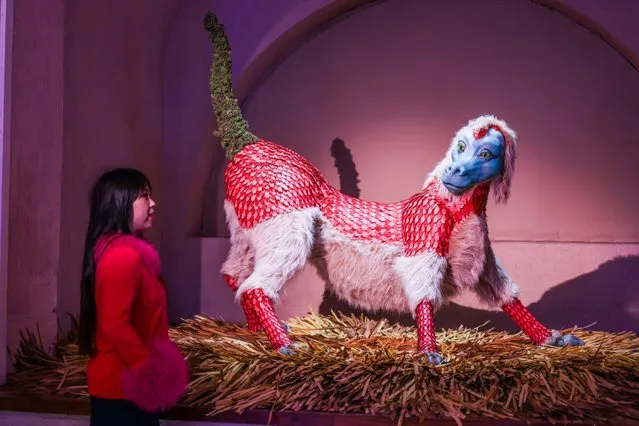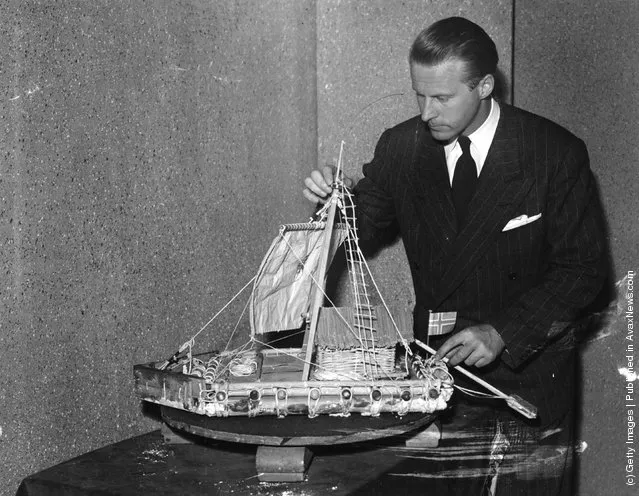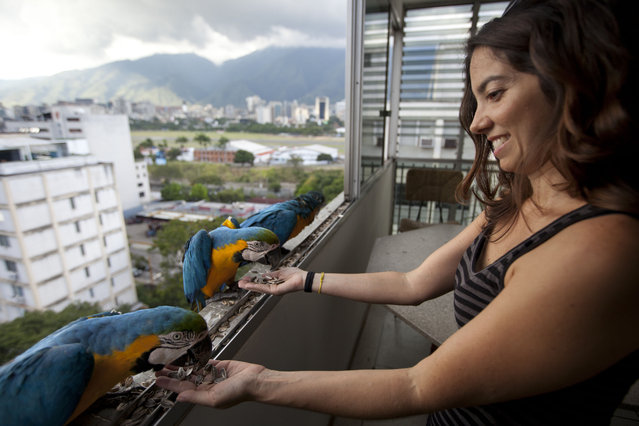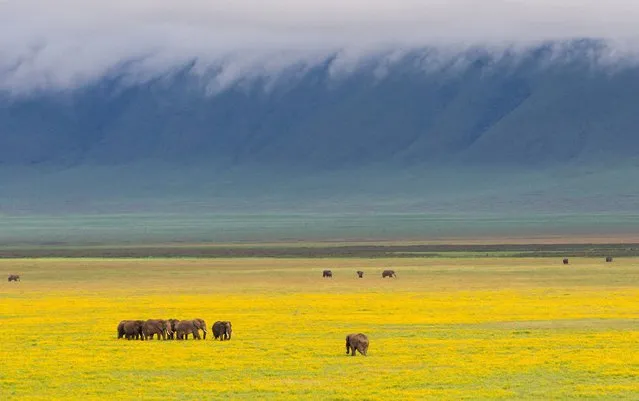
A major new exhibition exploring the irresistible force of cuteness in contemporary culture at Somerset House, London on January 24, 2024. From emojis to internet memes, video games to plushie toys, food to loveable robotic design, cuteness has taken over our world. (Photo by Paul Quezada-Neiman/Alamy Live News)
28 Feb 2024 08:25:00,post received
0 comments







